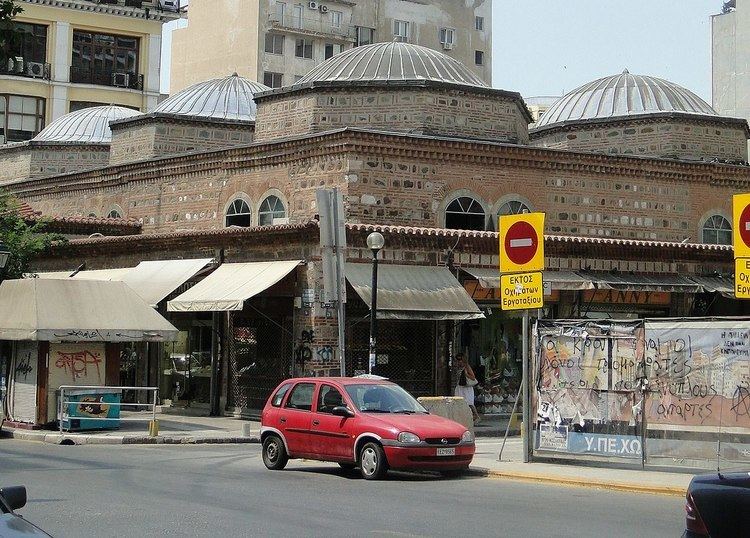 | ||
A Bedestan (or bezistan or bedesten) is a covered market usually for haberdashery and craftsmanship. Bezistans were built in Ottoman Empire and their design is based on the design of the mosques.
Contents
A Bedestan, in the most basic definition, is the central building of the commercial part of the town. It has its origins in the Greco-Roman Basilica or Kaiserion, which served a similar purpose.
The Bedestan was such an important building that during Ottoman times cities were often classified under two categories, cities with a Bedestan and cities without a Bedestan.
Etymology
The origin of the word is Arab word bez, which means clothes, linen but also indicating embroidery and other precious items, and Persian suffix istan.
Examples of Bedestens
Numerous bezistans were built during Ottoman Empire, but not all of them survived. Some of the most notable bezistans are:
